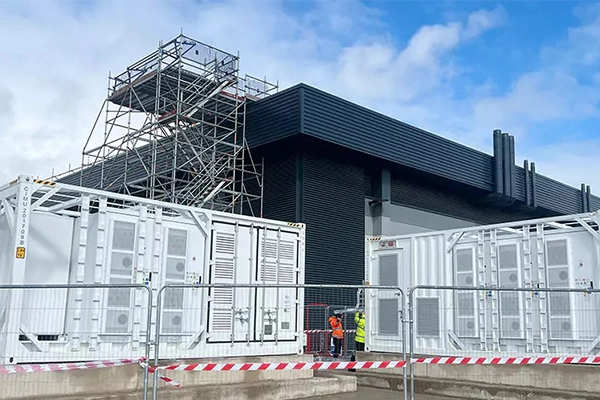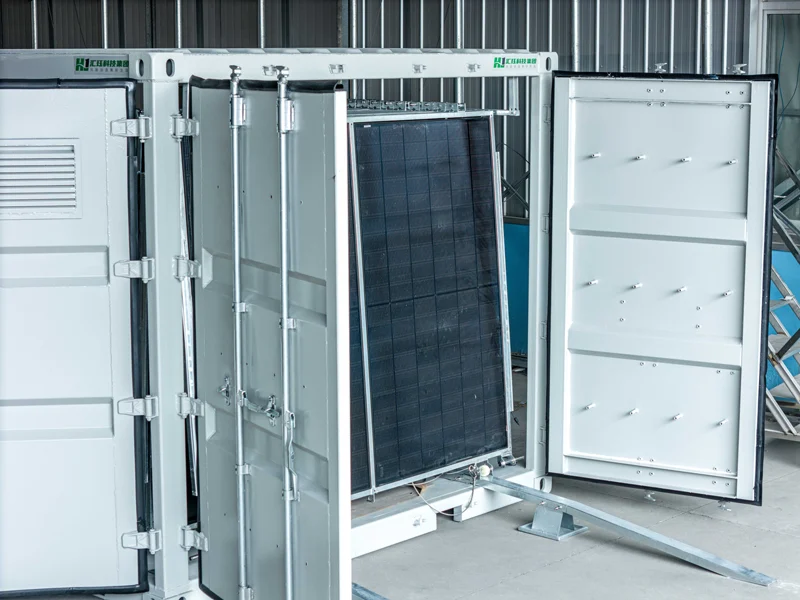On the advancing course of solar panel technology and battery containers. This report examines the price status, function principles, and forward-looking trends that can be seen around renewable energy systems with commentary based on industry statistics and expert viewpoints.
Renewable energy systems are more - in fact nowadays - emerging into the backbone of power supply modern. Two technologies in particular stand out as having more importance placed in future: battery containers and solar panel containers. These solutions do not limit themselves to a temporary way of addressing energy problems but redefine energy storage, generation, and management all across industries. This article thus takes an inverted pyramid approach in analyzing the systems, beginning with the most significant findings first and then going into detail by way of comprehensive data, on-the-ground examples, and technical analysis.
Learning about Solar Panel Containers and Battery Containers
What are these and why are they so critical?
.webp)
Solar panel containers and battery containers are advanced forms of energy management. Battery containers allow large battery systems to be housed in an enclosure along with advanced energy management systems, protective features, and electric conversion units. Solar panel containers, on the other hand, house PV modules and their associated storage in a small, portable container. While these containers are designed to receive sunlight and convert it into electrical power, either for storage or immediate use.
Now, really it is of great importance to say that although both are solutions for renewable energy, they are not the same, and each does something different. Battery boxes rely almost exclusively on grid supply for their patterns of storing and releasing energy, while solar panel boxes directly capture the sun. Different applications-off-grid deployment to grid support-can thus be treated best by this dichotomy.

Terminology at Three Levels
Tier 1: General Terms: Solar energy, energy storage, renewable energy, etc.
Tier 2: Technical Specs: Inverter efficiency, transformer topology, battery management systems (BMS).
Tier 3: Jargon used in the industry: Stochastic parrots, plug-and-play solutions, mobile of the solar system.
This terminology of layers does not enhance just discussion but also fills the gap between professional readers and general readers, making the content relatable across various audiences.
Dynamics of Prices and Investment Considerations
The greatest, maybe the most critical among the concerns of investors, is the price. One might ask how cost-wise the battery investments would likely go against what one would have to invest in solar panel containers.
Cost Determventions and Breakdown
| Component | Solar Panel Container | Battery Container |
| Primary Energy Component | Solar panels (0.12–0.15 USD/Watt) | Lithium battery packs (500–800 USD/kWh) |
| Storage System | Lithium storage (approx. 5000–8000 USD for 10 kWh) | Integrated battery modules and BMS |
| Installation/Additional Fees | Varies with project scale (installation, transport) | High due to additional safety and conversion systems |
The latest industry reports like "2023 Gartner Emerging Tech Reports," prove beyond a doubt that initial costs for solar panel containers are indeed relatively low. It's very suitable for off-grid small-scale setups. Battery containers tend to have high initial costs but are highly advantageous when further scaling is done for grid-connected systems. Such factors include the technological advancements and economies of scale that are quite continually bringing down costs for battery containers.
Indeed, it gets one curious: what are companies going to be planning in such an inconsistent price terrain for renewable energy investments? A timely question today, with fast-increasing technological advancements in both fields.
Economic Consequences and Scalability
From the implementation side, solar panel containers found preference because they incur very low operation costs, plus ease of setting up in traditional practice-now, could do well for emergency supply of power, event needs, and remote access, for its mobility and plug-play nature. In contrast, because of all the expensive systems that are embedded in and have a high capacity for storage, their emergence into energy markets for just those "big, tough energy storage solutions" has been more recent.
Operational Mechanisms and Energy Sources
How Do They Work?
Each one of these containers has a particular blueprint for that operation. Solar panel containers capture energy using PV modules from sunlight. The energy is converted by an inverter to be usable AC and stored in a battery system for later use. Battery containers are aimed at maximum storage of the grid energy. It receives electricity, stores it, and releases it during peak demand.
This functional divergence does not only affect the dependability of energy: it also has an effect on the culture of installations. For example, in containers covered with solar, proper planning needs to be done on the correct tilt of solar panels for maximum exposure to sunlight in installations. Batteries, on the other hand, require precision in-static measurements to ensure well-engineered deployment options.

